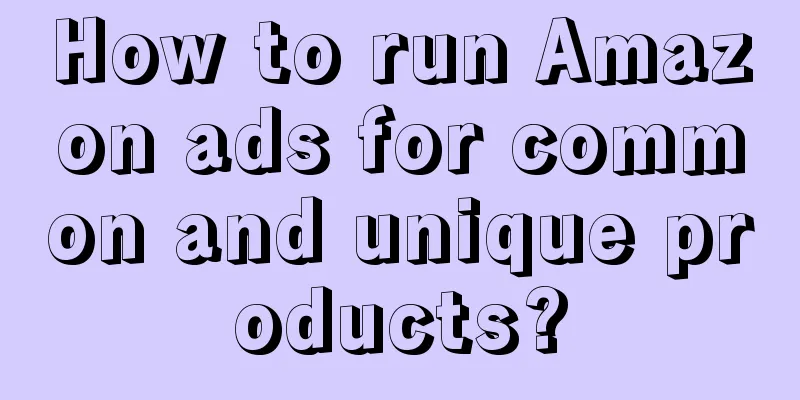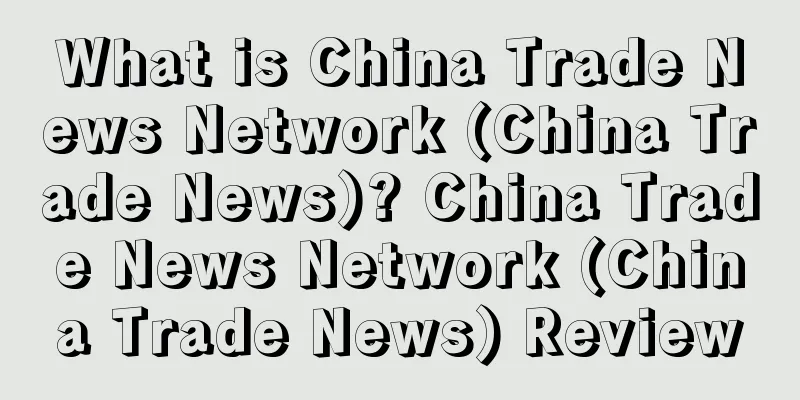How to run Amazon ads for common and unique products?

|
Amazon sells about 100 million products worldwide, and this number is still rising. With such a huge number of products, they can be divided into two types of products: ordinary products and unique products. Ordinary products refer to products with similar structure and functions, such as iPhone charging cables, skipping ropes, printers, etc. Unique products are relatively novel, such as creative products on Kickstarter, such as wooden speakers, wireless skipping ropes, etc. A common mistake sellers make when promoting common products and unique products is to use the same advertising strategy. So in this article, we will provide PPC strategies for both. 01
02 Knowing the different attitudes consumers have towards these two products, we can use this to set targeting types. △ Advertising objectives of common products
The primary consideration for sellers is the sales that advertising brings to their products. △ Advertising goals for unique products When promoting a unique product, you want to get more exposure because if people don’t know the product exists, there’s no way you’re going to sell it.
04 In short, coupons and flash sales are suitable for both common and unique products. |
<<: Outlook on six key trends in cross-border e-commerce in 2020
>>: How to easily upload images of the right size on Instagram?
Recommend
What is groupalia? Groupalia Review
Groupalia's main business is in Spain. It offe...
Breaking news! US FBA has stopped warehousing!
Early in the morning, a piece of news hit our sel...
If you don’t understand ACoS, it’s no wonder your Amazon advertising performance is poor!
ACoS represents the profitability of the ad campa...
Doushabao Technology received tens of millions of dollars in financing, and the recruitment of national partners began
Cross-border e-commerce digital API platform Dowsu...
What is Seiso? Seiso Review
Seiso is an automated analysis tool that helps you...
Another cross-border e-commerce platform closed down, more than 100 employees lost their jobs
There are news reports of cross-border e-commerce ...
[DNY123 Cross-border Morning News] Apple Pay enters Malaysia, TikTok Shop jewelry and crystal stores are free to enter!
Tuesday, August 16 《DNY123》>>>Cross-borde...
What is DokyPay? DokyPay Review
DokyPay is a leading localized payment solution pr...
What is the Qianfan Project? Qianfan Project Review
At the "Full Aggregation Brand Conference&quo...
Shipping is overwhelmed! All ports in the western United States are in emergency! Shipping companies refute rumors of suspension of operations
Shipping has been really crowded recently! A numb...
Wish paid a 3 million euro fine and returned to the French market!
It is learned that according to foreign media repo...
Making tens of millions a year by "intercepting and selling" Amazon's hot products? A TRO gray industry chain has emerged!
Prime Day After a brief surge in orders, many sell...
What is SellerWell? SellerWell Review
SellerWell is a free tool market platform produced...
What is YouTube? YouTube Review
It is a video sharing website originated from the ...
What is Subito.it? Subito.it Review
Subito.it is a well-known classified information s...









